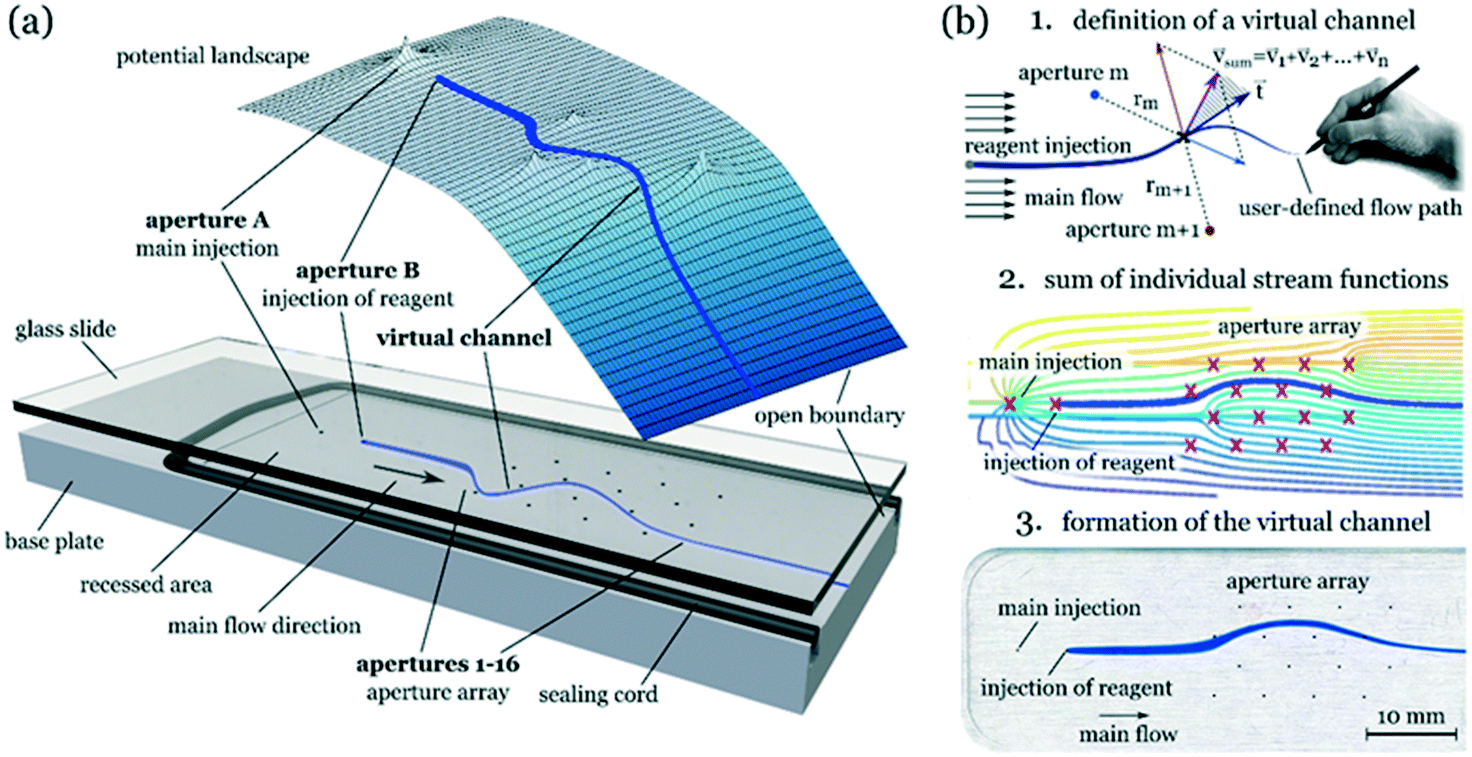
Reconfigurable Microfluidics
Breaking Down Walls in Microfluidics
The manipulation of liquids in microscale-sized channels has been applied in the past 30 years to a wide variety of disciplines, with biomedical applications ranging from single cell analysis, biochemical tests through tissue section analysis, to creating complex synthetic biological entities. Form is predominantly linked to function, with bespoke chips performing specific applications, which in several scenarios limits its broad scale application specifically when considering dynamic biological systems.
In this project, we introduce a class of biodevices that break the current microfluidics paradigm - reconfigurable microfluidics. We strive to democratize microfluidic devices in order to provide a single platform approach towards addressing the requirements of a wide range of applications. We specifically take two actuation approaches: (1) hydrodynamics, and (2) non-uniform electro-osmotic flows.

Classification of microfluidics devices based on their reconfigurability. From Paratore, F. et al., Nat. Rev. Chem. 6, 70–80 (2021).
Hydrodynamic Reconfigurability
Stream lines are modulated by injecting and aspirating at multiple ports between two parallel plates of a microfluidic device; thereby, pressure distributions can be dynamically changed to effect flow paths of a streamline of interest. This allows for a library of distinct microfluidic functions such as splitting, merging, mixing, and confining biochemicals on a surface. Currently, we are interested in implementing reconfigurable hydrodynamic flows for maintenance and treatment of in vitro 3D tissue models.


Implementing basic microfluidic functionality with virtual channels. From Taylor, D. P. et al., Lab Chip 20, 1720–1728 (2020).
Formation of virtual channels inside a microfluidic flow cell. From Taylor, D. P. et al., Lab Chip 20, 1720–1728 (2020).
Electrosmotic Flows (EOF)
As hydrodynamic flows require the injection of momentum through mass input that might limit certain applications, an alternative is to use electrokinetic methods to actuate flows within a device. In our implementation, non-uniform electric fields are generated on polarizable surfaces via an array of patterned electrodes applied through an AC field: AC Field Effect Electro-osmosis. These can switch the zeta potential of the surface locally to change the flow path of an electroosmotic driven flow, without the need for an active input of mass. A current focus in our group is the development of individually addressable, virtual electrodes through photoactuation mechanism that overcome challenges around electrode patterning and interfacing.

Design and architecture of a photoactuated HAXEL array. From Bacheva, V. et al., Microsystems Nanoeng. 9, 59 (2023).



Experimental demonstration of a reconfigurable topography enabled by photoactuation. From Bacheva, V. et al., Microsystems Nanoeng. 9, 59 (2023).
Analytical predictions and experimental visualization of flow streamlines generated by two 200-µm-diameter disc-shaped gate electrodes for different ΔΦ combinations. From Paratore, F. et al., Proc. Natl. Acad. Sci. U. S. A. 116, 10258–10263 (2019).

Related Publications

Advanced Materials Technologies

Analytical Chemistry

Proceedings of the National Academy of Sciences of the United States of America

Microsystems and Nanoengineering

Lab on a Chip

Physical Review Letters

Nature Review Chemistry

Angewandte Chemie International Edition

Chemical Reviews

Lab on a Chip

Chemistry Society Reviews

Analytical Chemistry